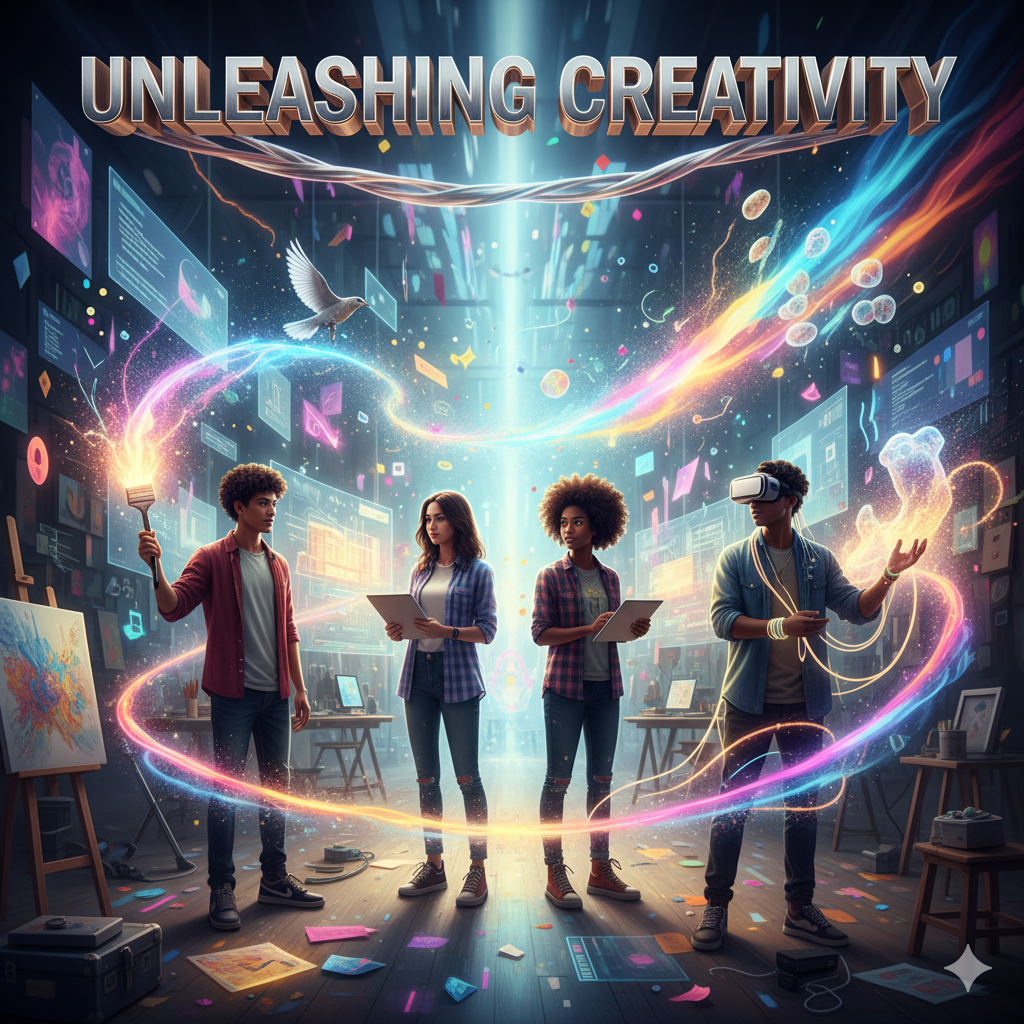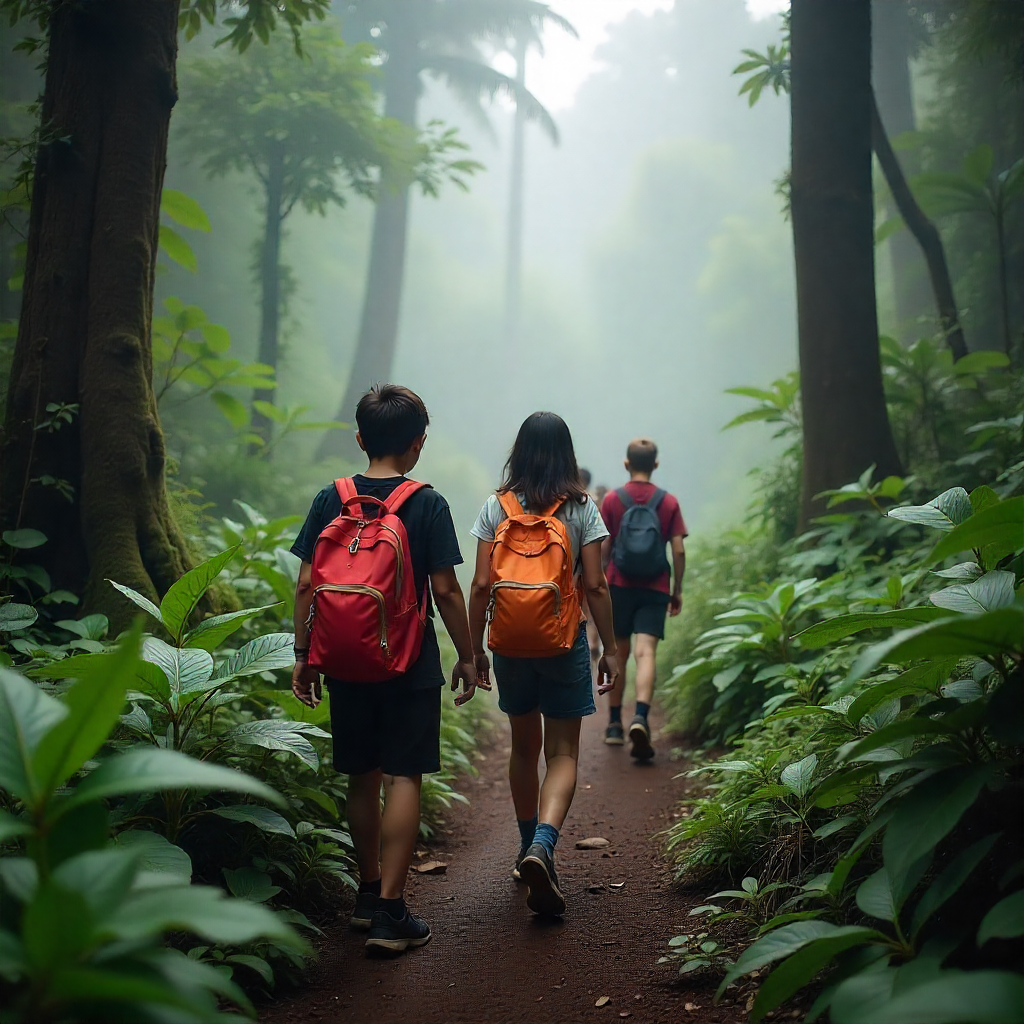Exploring the Worst Cities: Honest Tales From the Road
Let’s be real for a moment. Travel articles usually paint everything in golden light—Instagram sunsets, rooftop cocktails, smiling locals. But if you’ve actually travelled beyond a package holiday, you’ll know the truth: not every city is a dream. Some places exhaust you. Some make you want to run back to the airport. And some are so underwhelming you find yourself wondering if the guidebook author was on the payroll of the local tourist board.
Now, don’t get me wrong. Every city has good people, good food, and some spark of life. I’m not here to insult entire populations. But there are places where the reality doesn’t match the brochure. Cities that frustrate more than they fascinate. And honestly? Sometimes those “worst cities” are the ones you remember most.
Why the Worst Bits Matter
When I think back on my own trips, it’s rarely the perfect moments I laugh about. It’s the disasters. The dodgy taxi in a city I won’t name, where the driver charged me triple and still got lost. The three-hour jam in Manila that meant I missed dinner. That crumbling hotel room in Paris where the shower didn’t work, but the price was eye-watering.
We learn more from the rougher places than we do from the polished ones. The cities people complain about often teach you patience, resourcefulness, and how to laugh at your own misfortune.
What Actually Makes a City “Bad”?
It’s never just one thing. Usually it’s a cocktail of annoyances:
Pollution that makes your lungs feel like you’ve smoked a packet.
Traffic so bad you move slower than you would walking.
Crime or scams that put you constantly on edge.
Prices that make London look like a bargain.
Or simply boredom—the sinking realisation that you’ve “done” the city by lunchtime.
And yet—bad for you doesn’t mean bad for everyone. Paris is the perfect example. Some people swoon over the romance of it. Others roll their eyes at the crowds, the cost, and the occasional rude waiter. Both views are true, depending on your expectations.
Cities With a Reputation
Alright, let’s name names. Some cities crop up on “worst” lists again and again.
Lagos, Nigeria – Chaotic, energetic, alive… and utterly overwhelming. Traffic is legendary. The air is thick with fumes. For first-timers, it’s more survival than sightseeing.
Manila, Philippines – Friendly locals, fantastic food, and a nightlife that could keep you up for a week. But the smog, the chaos, and the endless jams mean most travellers treat it as a stopover before heading to the islands.
Detroit, USA – Once the pride of the motor industry, now a mixed bag. Huge areas feel abandoned, but the music and art scene is buzzing if you know where to look. You’ll either love the grit or find it depressing.
Caracas, Venezuela – Jaw-dropping views with mountains framing the skyline, but political unrest and safety issues keep most tourists away.
Tijuana, Mexico – Border-town grit, a party atmosphere, and not always the safest vibe. Some visitors swear it’s fun. Others never want to go back.
And then, yes, Paris. The city of love. For some, a dream. For others, overpriced, crowded, and more stress than romance. It’s the ultimate “worst best city.”
How to Survive When a City Lets You Down
So what do you do when you arrive somewhere and think, “Oh no, what have I done?”
First, lower your expectations. Don’t go looking for a picture-perfect postcard. Go looking for real life.
Second, find the little gems—food stalls, quirky shops, hidden neighbourhoods. Even the roughest cities have bright spots.
Third, be sensible. Watch your valuables, stick to safe transport, avoid the obvious scams.
And finally, laugh about it. One day you’ll tell the story of that dodgy hotel, the noisy street, the “never again” night out. It’s travel character-building.
From a British Lens
Let’s be fair: we Brits moan about our own cities too. London? Too pricey. Birmingham? “Concrete jungle.” Hull? The butt of endless jokes. And yet—each has history, culture, pride, and locals who’ll defend it passionately.
It’s the same abroad. The label of “worst” is often lazy shorthand. A city might not charm the average tourist, but for someone else, it’s home—or even heaven.
Why Exploring the “Worst” Can Still Be Worth It
Because it makes travel real.
The polished, Instagram-ready destinations are lovely, sure. But the messy cities? They teach you patience. They push you outside your comfort zone. They give you stories you’ll retell for years.
Maybe you’ll hate it. Maybe you’ll secretly love it. But you’ll never forget it. And isn’t that what travel’s about?
A Few Personal Notes
I still remember a night in a “bad” city where I couldn’t sleep for the noise—cars honking, dogs barking, music blaring. At the time I was miserable. Looking back, it’s one of my favourite memories, because it was so alive.
I remember eating street food in a place people told me to avoid. It was chaotic, dirty, loud… and it was some of the best food I’ve ever had.
And yes, I remember leaving certain cities thinking, “Never again.” But those memories are as strong as the good ones. Stronger, even.
Final Thoughts: Exploring the Worst Cities
Exploring the worst cities isn’t about avoiding them. It’s about going with open eyes, realistic expectations, and maybe a sense of humour. Every city has flaws. Every city has stories. Some are polished and pretty, others are raw and rough. Both have value.
So next time someone says, “Don’t bother with that place—it’s awful,” don’t strike it off your list immediately. Go see for yourself. You might hate it. Or you might find beauty in the chaos.
Because travel isn’t just about ticking off the “best.” It’s about embracing the whole messy spectrum. And sometimes the “worst” cities leave you with the best stories of all.



